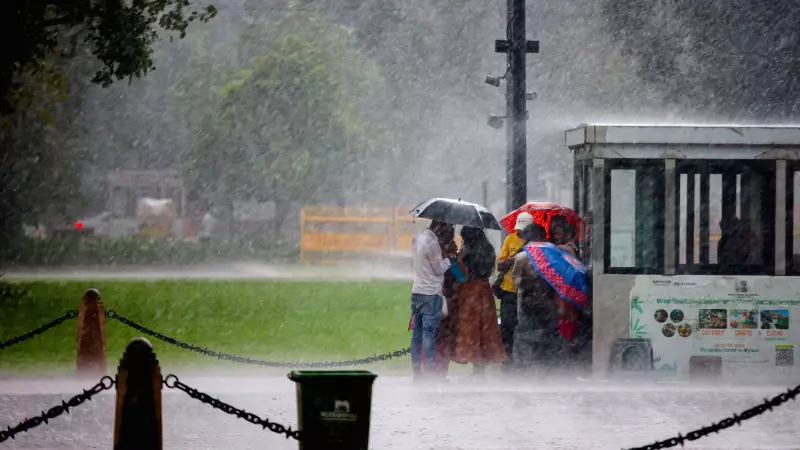
Delhi is gearing up for an innovative approach to tackle its persistent air pollution crisis. With toxic smog continuing to choke the capital, authorities are preparing for cloud seeding operations scheduled for next week, hoping to artificially induce rainfall and cleanse the polluted skies.
The Science Behind the Solution
Cloud seeding involves dispersing substances like silver iodide or salt crystals into clouds to encourage precipitation. The Delhi government has been closely monitoring weather patterns and has identified November 20-21 as the potential window for this groundbreaking operation.
This isn't just an experimental measure - it's a carefully planned intervention backed by scientific expertise. The Indian Institute of Technology (IIT) Kanpur has been instrumental in developing the technical framework for this initiative, ensuring the process is both effective and environmentally safe.
Why Delhi Needs Artificial Rain
The urgency stems from Delhi's deteriorating air quality, which has consistently remained in the 'severe' category. Several factors contribute to this environmental emergency:
- Agricultural stubble burning in neighboring states
- Vehicle emissions and industrial pollution
- Construction dust and meteorological conditions
- Festival-related pollution episodes
The situation has become so critical that conventional measures are proving insufficient, prompting the exploration of more advanced technological solutions.
Preparations and Infrastructure
Authorities have left no stone unturned in their preparations. The operation requires specific atmospheric conditions, including adequate cloud cover and favorable wind patterns. Specialized aircraft equipped with seeding equipment are on standby, ready to deploy when meteorological conditions become optimal.
Safety remains paramount throughout this process. Extensive research and testing have been conducted to ensure the chemicals used pose no threat to public health or the environment.
A Global Precedent
While cloud seeding might seem like science fiction, it's a proven technology used successfully in several countries. China has employed it to enhance rainfall in drought-prone regions, while the United Arab Emirates has used it to address water scarcity issues.
Delhi's initiative represents one of the most ambitious urban applications of this technology specifically targeting air pollution mitigation.
As the capital holds its breath, both literally and figuratively, all eyes will be on the skies next week, hoping that this technological intervention brings the relief that traditional methods have failed to deliver.





